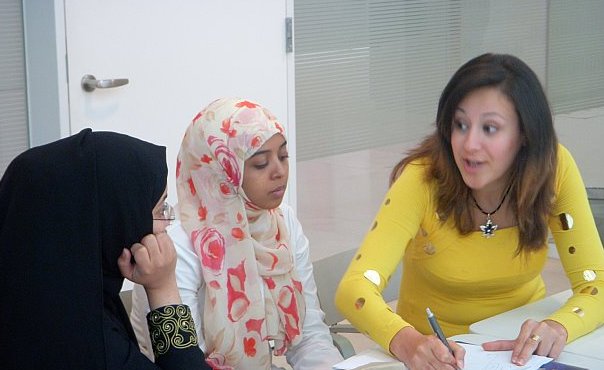|
|
LITR 3731 Creative Writing Workshop Presentations & Discussions |
|
Overall expectations regarding presentations:
-
Every poetry and fiction presentation has two leaders: the “Author” and the “Discussion Leader.”
-
Each student will participate in leading one poetry presentation and one fiction presentation, once as Author and once as Discussion Leader.
-
As with all presentation assignments, assignments of Author or Discussion Leader are decided partly by choice, partly by chance.
-
The Author and Discussion Leader for each presentation must work together before, during, and sometimes after the class at which they present.
Combined duties of Author and Discussion Leader
-
The Author and Discussion Leader will cooperate before, during, and after class in presenting and leading a class-wide discussion of a required draft.
-
The Author and Discussion Leader may cooperate more extensively before and after the presentation in terms of reviewing and revising the manuscript, but such additional collaboration is not required.
Specific duties of Author and Discussion Leader:
|
Author's duties: The Author is primarily responsible for preparing an
appropriate draft manuscript that is edited, copied, and ready for the
Discussion Leader and the class to read and review. |
Discussion leader's duties Discussion Leader reviews manuscript before class, then leads class discussion after the Author reads the manuscript aloud.
|
|
Author's in-class responsibilities:
|
Discussion Leader's in-class duties:
|
Overall format of presentation
Author & Discussion Leader are announced by instructor.
*At some point in the presentation, Author and / or Discussion Leader must connect questions or discussion to either class readings or course objectives.
Author begins
1. distribute copies of manuscript
2. encourage students to mark or write suggestions.
3. make brief introductory remarks and preview highlights. For a poem, Author may identify whether it’s free-verse or fixed-form, + any issues needing help. For a fiction scene, identify if it’s part of a larger story + context.
4. Author reads manuscript (or parts of it) aloud.
Discussion Leader follows up
1. "Questions or comments?"
2. Call on students, and mediate between students and author. Instructor may help.
-
Summarize, redirect, refocus on text.
-
Author may take over at any time.
3. Discussion Leader asks 1 or 2 broad questions for Author and students to respond to. (see above)
4. Discussion Leader may ask editing questions (i. e., spelling, punctuation) but later in discussion.
5. Author answers questions. Discussion Leader leads any discussion, though Author may intervene.
6. Discussion Leader asks students questions. (see above)
Wrap-up
1. Author summarizes input, previews possible changes.
2. Instructor may comment.
3. Students’ marked-up paper copies are gathered for author.
After presentation, but before final submission of manuscript
1. Author is expected to make changes to manuscript in light of discussion.
-
Instructor will be unpleasantly surprised if the exact same manuscript appears as the final submission.
-
In contrast, some serious experiments with change (+ explanations in “revision account”) often distinguish outstanding work from standard work (with considerations for grades).
2. Discussion Leader emails instructor a summary of questions for posting to the webpage. (These may be sent before the presentation.)

